Are you ready to transform your upper body and feel the power of strength coursing through your veins? Whether you are trying to build an aesthetic physique, improve your performance on the field, or simply want to live a healthy lifestyle, upper body training is the key to your success.
In this blog post, we dive into the world of upper body training. From proven exercises to inside information on form and technique, consider this post your personal roadmap to upper body gains.
The sequence of upper body training
Whereas a full body workout works the whole body in one session, and a push-pull legs split only works some of the upper body muscle groups, an upper body split works the entire upper half of the body. The structure of an upper body split is therefore more dynamic and personalised, as you only have four training days in the week.
How to split upper body training?
The upper body consist of 4 major muscle groups:
- back
- arms (biceps, triceps)
- shoulder (front, side, rear)
- chest
 Credit: Quizlet
Credit: Quizlet
These can be divided into push and pull muscles. The push muscles (front delts, chest and triceps) are stimulated by pushing movements. The pull muscles (back, back delts and biceps) are stimulated by pulling movements.
Typically, a standard upper body workout consists of four to six upper body movements. These can be structured according to how you feel or what feels good for you. You might do a push followed by a pull to give your muscles time to recover. Another approach might be to do all the chest movements, then the back and so on. With this approach, you work one muscle group at a time, so you can focus on one muscle at a time.
Why do upper body workout?
Firstly, as we get older, our bodies start to hurt more and more. Our functionality rusts and we start to move less and less. For this reason, and to prevent future pain, we start strengthening our upper body as early as possible.
Is upper body workout effective?
There is no yes or no to this question. It depends on many factors:
– volume
– intensity
– optimal structure
– lifestyle
These four factors can make or break your training. Lack of volume is an indicator of slow or no muscle growth. While the opposite could mean a higher risk of injury.
Does this workout build muscle?
Almost every workout has the potential to promote muscle growth. By using a full range of motion, the right amount of volume and the right intensity. Another key element in building muscle is nutrition. The training aspect can be perfect, but if your diet is lacking in key areas, such as the wrong macros, you won’t look as good as you could.
When should you do upper body workouts?
Upper body workouts are perfect for people who want to work out hard but don’t want to spend hours in the gym. These workouts are even better for athletes who want to strengthen their body and improve their performance and athleticism for their sport. The upper body workouts are also very effective.
Upper body workouts for different occasions
While some sports include elements of fitness and physical conditioning, the focus is often on mastering the techniques and tactics for competition. In the world of traditional sports, most training splits for footballers, for example, are full-body or upper-body splits. The main aspect of their fitness lifestyle is to be as fit as possible and to prevent injuries that could end their careers.
In the fitness world, the upper lower split is gaining more and more support. More and more people are trying and experimenting with the upper lower split.
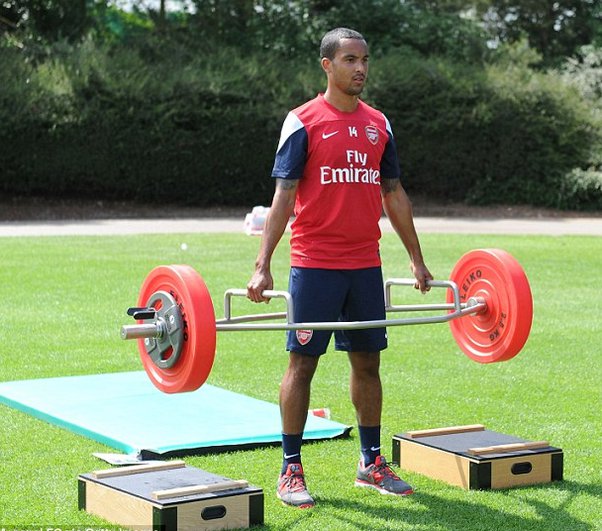 Credit: ProgressiveSoccerTraining
Credit: ProgressiveSoccerTraining
Differences to other workout splits
Upper body training is great for people who don’t want to spend two hours or more in the gym. A solid, muscle-building upper body workout can be completed in 45 to 60 minutes. By doing supersets of alternating push and pull movements, you can be in and out of the gym in no time with a massive upper body pump.
Sample upper body workout
The following upper body workout is the first workout in a 4-day upper/lower body split. This workout is structured one muscle group at a time. The first two exercises focus on the chest, the next two on the back. Finally, the last two exercises focus on the shoulders.
Incline smith press
For the first movement, we will do the incline press. Using the smith machine allows us to concentrate 100% on the chest. We set the bench between 30 and 45° to hit the upper chest. There are three key parts to keep in mind.
 Credit: Pinterest
Credit: Pinterest
First, on the eccentric part, slowly descend. Second, when you reach the bottom, stop and hold for a moment. Thirdly, try to go up quickly. Do three sets of 8 to 12 repetitions.
Machine chest press
In the first exercise we hit the upper chest and now we stimulate the whole chest with the chest press. We go for the same key parts as in the last exercise, with the same set and rep range.
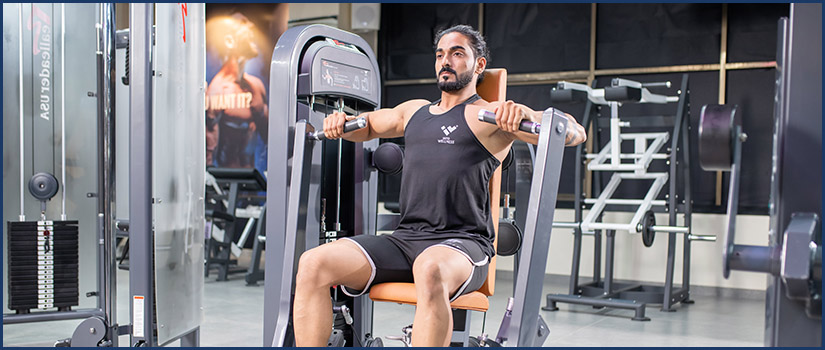 Credit: IntoWellness
Credit: IntoWellness
Weighted pull ups
There is no better exercise for the whole back than pull ups. If you can do weighted pull ups, even better.
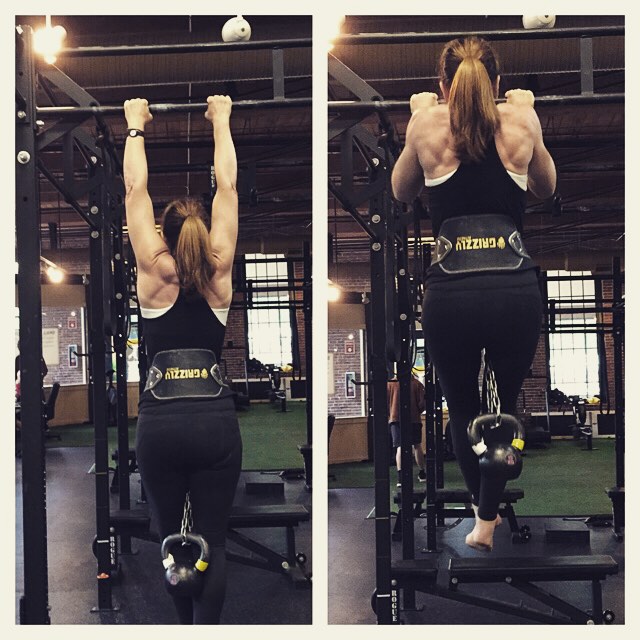 Credit: SkillOfStrength
Credit: SkillOfStrength
2x 8-10 / 1x bodyweight AMRAP
T-Bar row
For the last back exercise, we want to focus on the middle part of the back. The T-bar row is the perfect selection to hit the middle back: 12 to 15 repetitions in 3 sets.
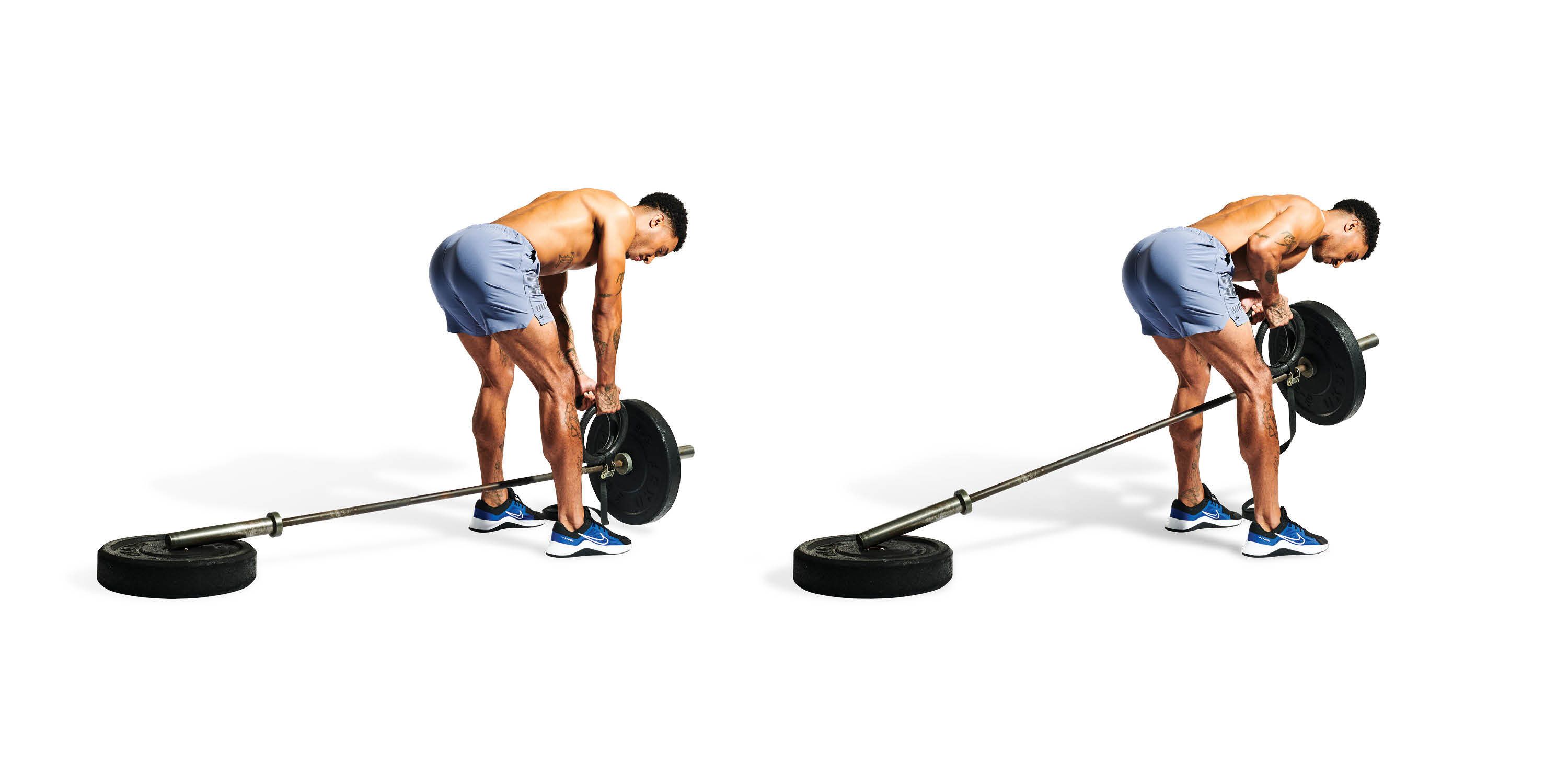 Credit: MensHealth
Credit: MensHealth
Side raises
For the last two movements we are going to do Mayo repetitions. This means that we choose a certain number of repetitions, for example 20, and we must do as many repetitions as we need to reach this number. If we don’t get that number the first time, we stop for a few seconds and keep going until we finish the set. We want to do 3 sets of 12 to 20 reps.
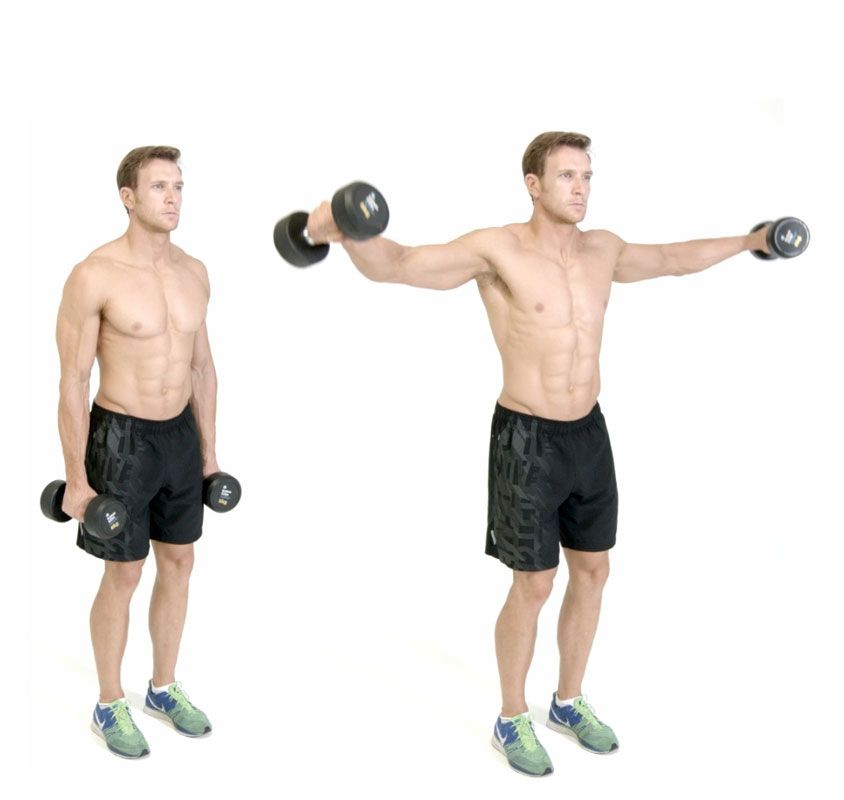 Credit: MensHealth
Credit: MensHealth
Y-raises
As we progress to the last movement of this session, the intensity should not decrease. Just like the last exercise, we will do 15 to 20 mayo repetitions.
 Credit: InspireUS
Credit: InspireUS
Conclusion
As we come to the end of our upper body training guide, let’s reflect on the key pieces you should take with you. Whether you are trying to be Cbum, improve your performance or simply strive for a healthier you. So, when you step out of this guide and into the gym or your training space, remember that progress takes time. Setbacks are part of the learning curve, but your determination will get you through it all. Keep pushing, keep lifting!